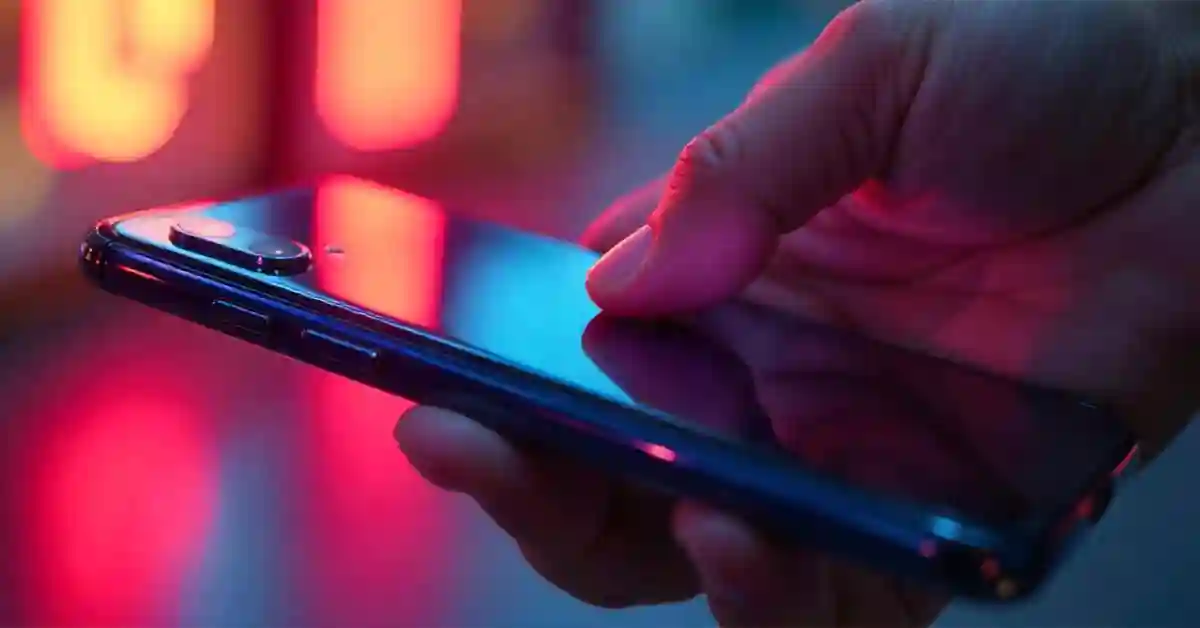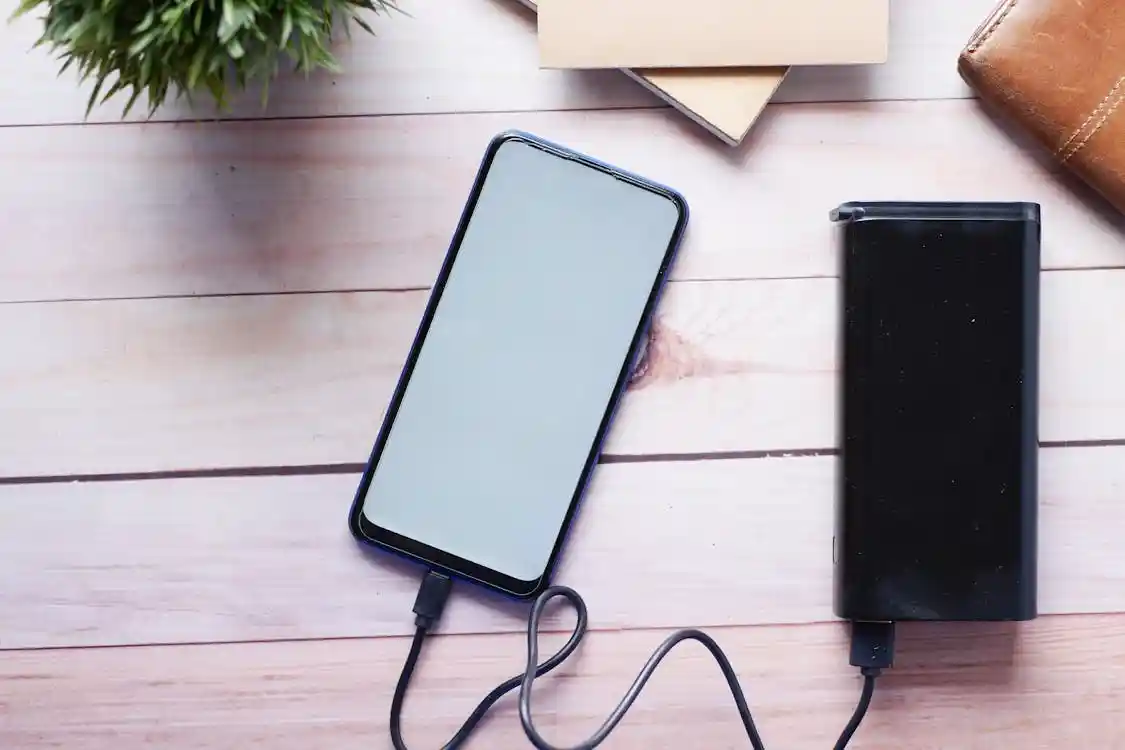Capturing life’s moments in high resolution is easier than ever with modern smartphones, yet many users face a common problem: their fingers inadvertently blocking the camera lens. This article will guide you through understanding the mistakes leading to this issue, provide techniques for better phone handling, and equip you with tools and tips to enhance your photography skills.
Understanding the Common Mistakes
It’s surprisingly easy to obstruct a cellphone camera when photographing. Most people remain unaware of how their hand positioning can significantly affect image quality. Not recognizing these mistakes can lead to persistent photography problems.

The Role of Finger Placement in Photography
Finger placement is crucial when taking photographs. When holding your phone, one or more fingers may naturally gravitate towards the camera lens. This positioning results in unintentional obstructions, creating shadowy blobs or smudgy areas on your photos.
To avoid this, it’s important to consciously position your fingers away from the lens. With a little practice and awareness, you can train your hands to adopt better placements for clearer photos. Moreover, consider using a grip that allows for a more stable hold, such as a finger loop or a strap. These accessories can help keep your fingers away from the lens while providing a more secure grip, ultimately enhancing your photography experience.
Why Your Finger Blocks the Camera
Understanding why your finger blocks the camera can help you prevent it. This issue often happens when you grip your phone too tightly, leading to natural flexibility in your fingers that might cause inadvertent contact with the camera.
Additionally, as smartphone designs become sleeker and more lightweight, users may unintentionally hold their phones too close to their palms, increasing the likelihood of finger obstruction. By recognizing these factors, you can be mindful of your grip and position while photographing. Furthermore, it’s beneficial to familiarize yourself with the layout of your device. Knowing where the camera is located in relation to your fingers can help you adjust your grip accordingly, reducing the chances of accidental blocking. Experimenting with different angles and distances can also provide a clearer perspective, allowing for more creative and unobstructed shots.
Techniques to Improve Your Phone Holding Grip
Improving how you hold your smartphone is essential for better photography. Simple modifications can make a significant difference in your shot quality. These techniques can help you remember where to place your fingers and how to steady your phone without obstruction.

The Ideal Way to Hold Your Cellphone for Pictures
The ideal grip ensures that your fingers are both secure and out of the way of the lens. A good practice is holding your phone with both hands; use your dominant hand for holding and the other to stabilize the phone.
Keep your fingers positioned along the sides or back of the device instead of crossing over the lens area. This technique allows for a solid grip while keeping your camera unobstructed. Consider using your index finger to press the shutter button, as it minimizes the chances of blocking the lens during your shot.
In addition to finger placement, the angle at which you hold your phone can also impact your photography. Tilting the device slightly can help you avoid glare from overhead lights or reflections from shiny surfaces. This adjustment not only enhances the clarity of your images but also allows for more creative angles, giving your photos a unique perspective that can elevate your overall composition.
Training Your Hand for Better Grip
Like any skill, developing a good grip requires practice. Hold your cellphone regularly while practicing photography—even if it’s just taking pictures of everyday objects. Over time, you’ll grow accustomed to positioning your fingers correctly.
Additionally, try different grips and postures to see which feels most comfortable for you. Experimentation is key; use a mirror or a reflection to check how you’re holding your device to ensure that no fingers are intruding upon the lens when you take a shot.
To further enhance your grip, consider investing in a phone case designed for better handling. Many cases offer textured surfaces or ergonomic designs that can provide additional traction, making it easier to hold your phone securely. Some even come with built-in grips or straps that can help you maintain a steady hand, especially during longer shooting sessions or when capturing fast-moving subjects. By combining these tools with your improved techniques, you can significantly enhance your photography experience.
Tools to Assist in Proper Phone Handling
Beyond adjusting your grip, several tools can help ensure proper phone handling to avoid blocking the camera. Accessorizing effectively can enhance your photography experience while preventing frustration.
Exploring Different Phone Accessories
There’s a wide array of accessories designed specifically to help users operate their phones more comfortably. Pop sockets or phone grips can significantly improve your holding technique, allowing you to secure your phone better without worrying about finger placement. Additionally, many of these grips come in various designs and colors, allowing you to express your personal style while enhancing functionality.
Furthermore, consider implementing a camera lens cover that can be removed quickly before taking a shot, ensuring you always have a clear view while capturing images. Some lens covers even come with integrated cleaning cloths, making it easier to keep your lens free from dust and smudges that can detract from image quality. These small but effective tools can make a significant difference in your overall photography experience.
The Benefits of Using a Phone Grip or Stand
Using a dedicated phone grip or stand can drastically alter how you capture images. A grip allows for more control and steadiness, which is beneficial in preventing inadvertent finger blocking. On the other hand, a stand eases the burden of holding the phone, ensuring a clean, unobstructed view of your subject. Many stands are adjustable, enabling you to find the perfect angle for your shots, whether you’re shooting from a low angle to capture the intricate details of a flower or a high angle for a sweeping landscape.
These tools enable hands-free shooting, particularly in group settings or when trying to capture a sunset or nature scene. Moreover, they can take your photography to the next level by providing stability and precision. Some advanced stands even come equipped with remote shutter capabilities, allowing you to take pictures without needing to touch your phone, thus minimizing the risk of camera shake. This feature is especially useful for long-exposure shots or when shooting in low-light conditions, where even the slightest movement can blur your image.
Tips to Enhance Your Mobile Photography Skills
Improving your mobile photography extends beyond just how you hold your phone. Incorporating a holistic approach to photography can yield better results and a more enjoyable photography experience overall.

The Importance of Practice in Photography
Just like any craft, practice is fundamental to gaining proficiency in photography. Regularly taking photos in various environments helps deepen your understanding of how different conditions affect your images.
Spend time reviewing the photos you’ve taken—observe the instances when your finger blocked the lens, and learn from those mistakes. By consistently practicing, you elevate your skills and anticipate issues before they arise. Moreover, consider setting specific goals for your practice sessions, such as focusing on composition one day and lighting the next. This targeted approach can help you develop a well-rounded skill set and keep your practice sessions engaging.
Quick Fixes for Common Photography Issues
Sometimes, despite your best efforts, issues may still appear in your photos. A quick fix includes cropping the image to remove finger placements if they’re minor. Alternatively, utilizing software or apps that provide editing capabilities can enhance your image quality post-capture.
Exploring photography tutorials or apps that offer photography challenges can also provide inspiration for continuous improvement. Embrace creativity; think outside the box while maintaining awareness of your finger placement in every shot. Additionally, consider experimenting with different angles and perspectives to add depth to your images. For instance, shooting from a low angle can create a dramatic effect, while a bird’s-eye view might offer a unique context to your subject. These small adjustments can transform an ordinary photo into something extraordinary, showcasing your evolving skills and artistic vision.
Maintaining Your Improved Photography Habits
Once you’ve refined your photography skills, it’s essential to maintain these improved habits. Regular checks and mindful practices can ensure that your finger doesn’t become a recurring issue in your picture-taking.
Regular Checks for Finger Placement
After developing good habits, conduct regular checks to ensure you are consistently aware of your finger placement. Utilize practices like a pre-shot routine; before you snap a photo, assess your grip to confirm that fingers are clear from the lens.
Repeatedly affirming the correct finger placements will help to solidify these good habits. Your muscle memory will eventually kick in, and your finger will naturally remain clear of the camera.
Continual Improvement and Adaptation in Photography
Photography is an ever-evolving art form, and continual improvement is key to nurturing your skills. As you use your phone and practice, embrace changes and new ideas that can enhance your experience.
If a particular style or technique isn’t working for you, don’t hesitate to adapt and try something different. Stay updated with photography trends and learn from other photographers to ensure you are constantly evolving.
By incorporating the strategies mentioned, you’ll reduce the chances of your finger blocking the camera lens while simultaneously boosting your mobile photography skills. Happy shooting!










